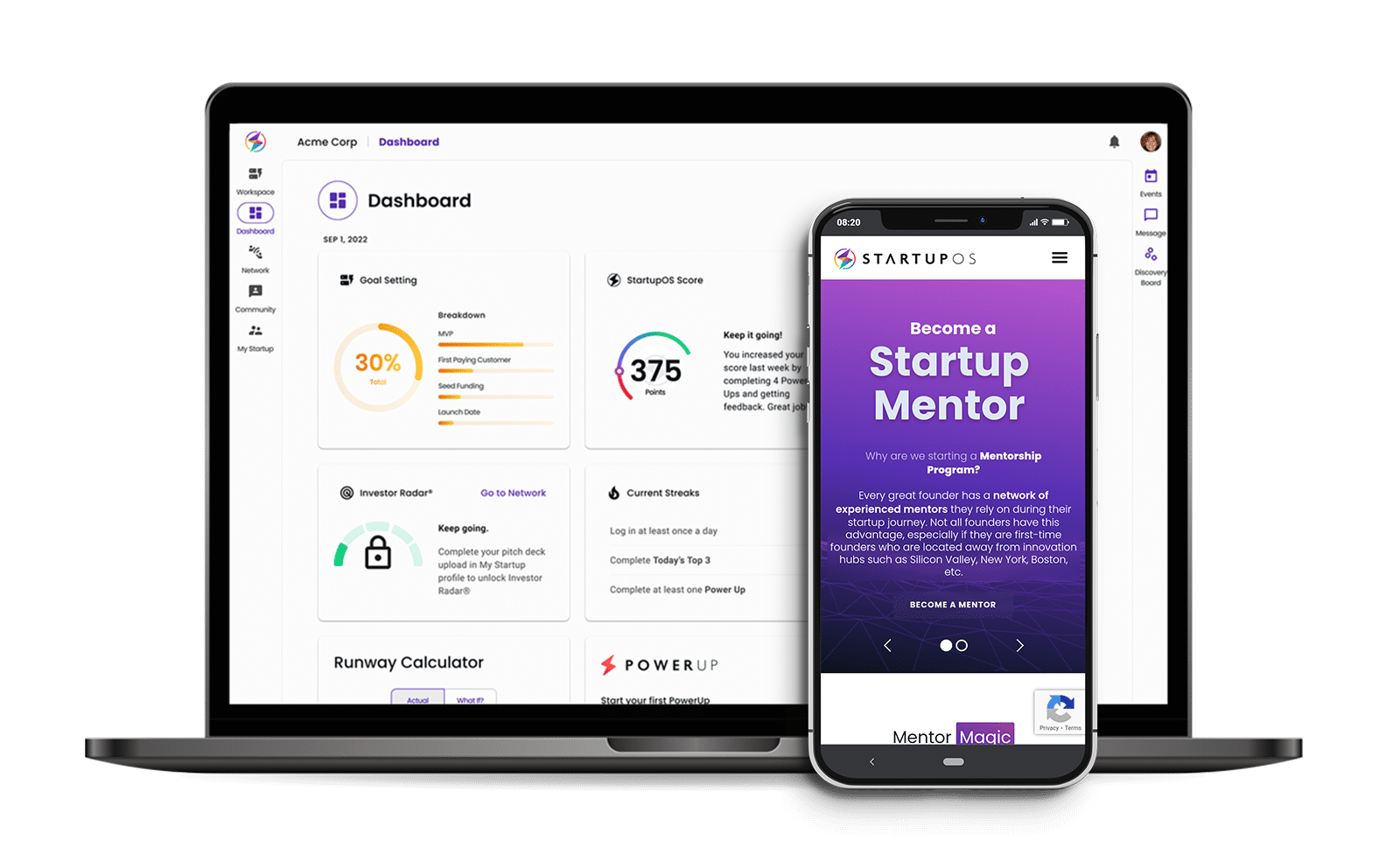Startup OS is a platform that supports early-stage startups in validating their ideas, building MVPs, and achieving product-market fit. It offers a range of features, including a step-by-step approach and access to tools and resources, as well as integration with popular tools and platforms. It also supports a variety of programming languages and frameworks and provides regular check-ins with a dedicated Product Owner. Startup OS aims to increase the number of startups and their chances of success.
Industry: Business & Startup

Building our Web Mapping Platform was no easy task. We had some big challenges, especially when we tried to make Mapbox work just right for our needs. We had to create special parts and put shapes on top of each other, which was pretty tough. But we didn’t give up! We made lots of changes to get things just the way we wanted, and it all worked out in the end. Let’s talk about how we did it.
During our project, we confronted the challenge of tailoring Mapbox to our specifications and customizing components and polygon overlays. In Sprint 1, leveraging playground access, we focused on UI design and API architecture.
Setting up vital API calls and implementing Sockets were pivotal. With two ReactJS developers and QA, one developer concentrated on UI finalization, while the other wired APIs and conducted tests. With robust QA for CI/CD, we implemented test case creation and detailed Jira backlog user stories.
Our GraphQL-based backend evolved. Sprint planning commenced, aligning tasks, priorities, and estimates. Task comprehension, including necessary APIs and responses, was ensured. Agile adaptation enabled us to manage changes and unexpected API shifts effectively.
We established CI/CD, merging code upon story completion for QA testing. Agile approaches, dedicated QA, and proactive planning led to bug detection and smoother development, exemplifying our successful outcome. In this project, our team used a range of CI/CD tools, including Docker, Git, Java, Linux, and Ubuntu. Lastly, the client was happy with our high availability/disaster recovery capabilities for production systems.
Our team can help you with that!
Fill out this form to download a detailed case study